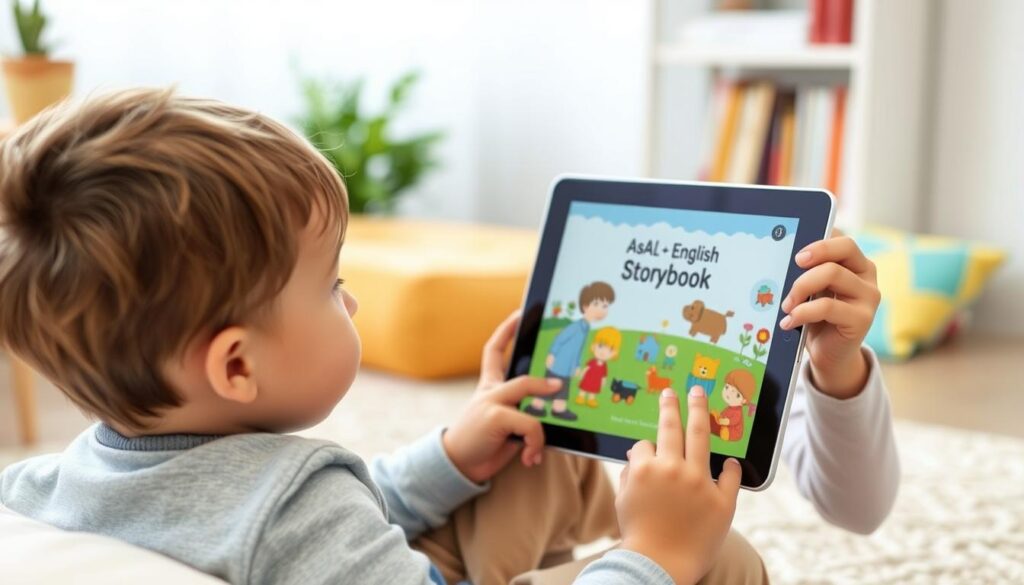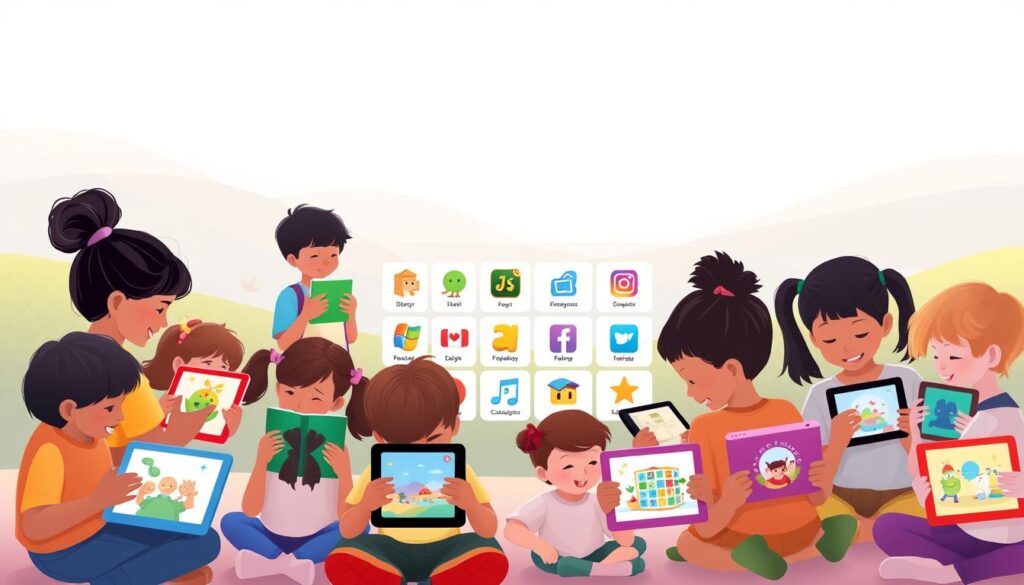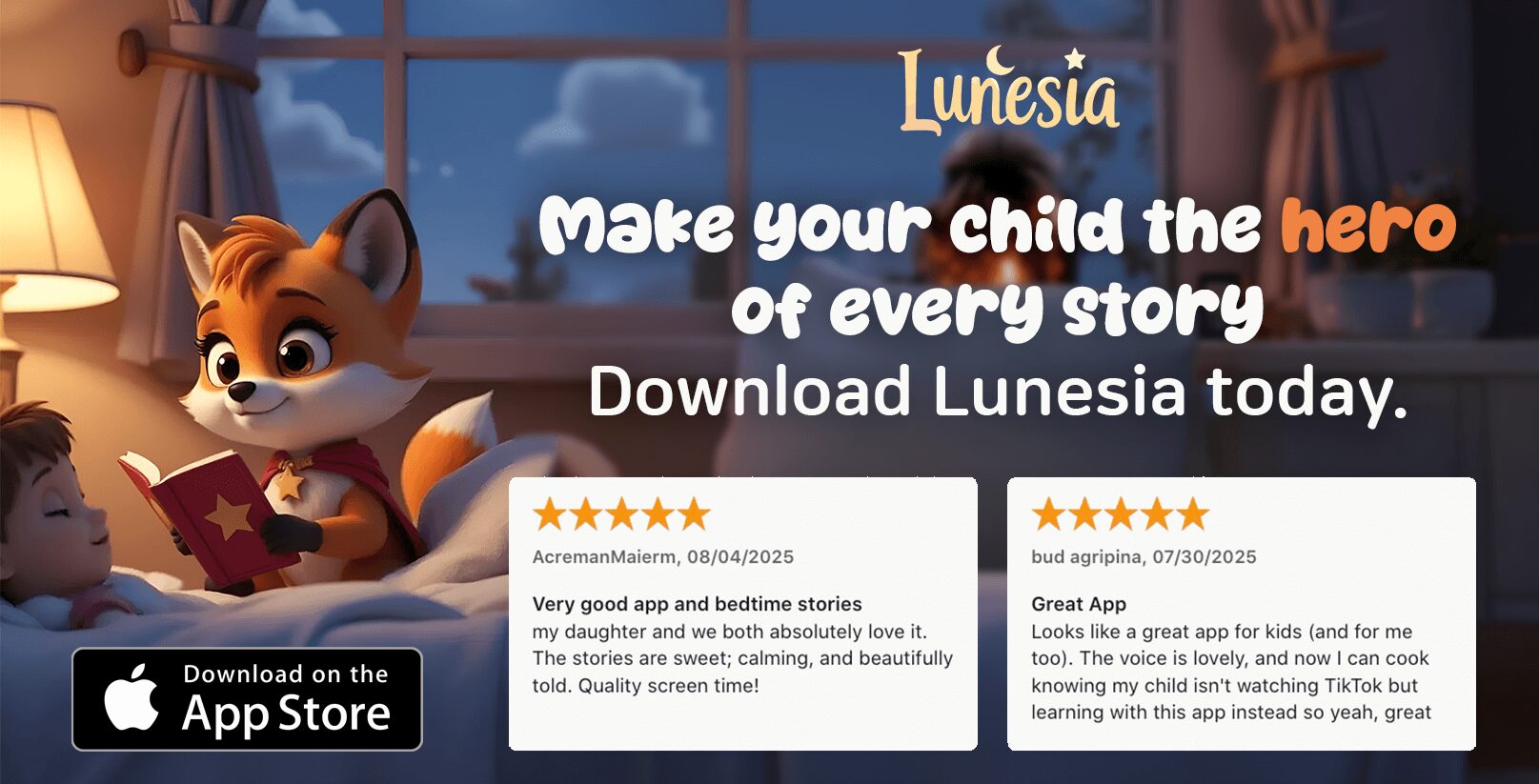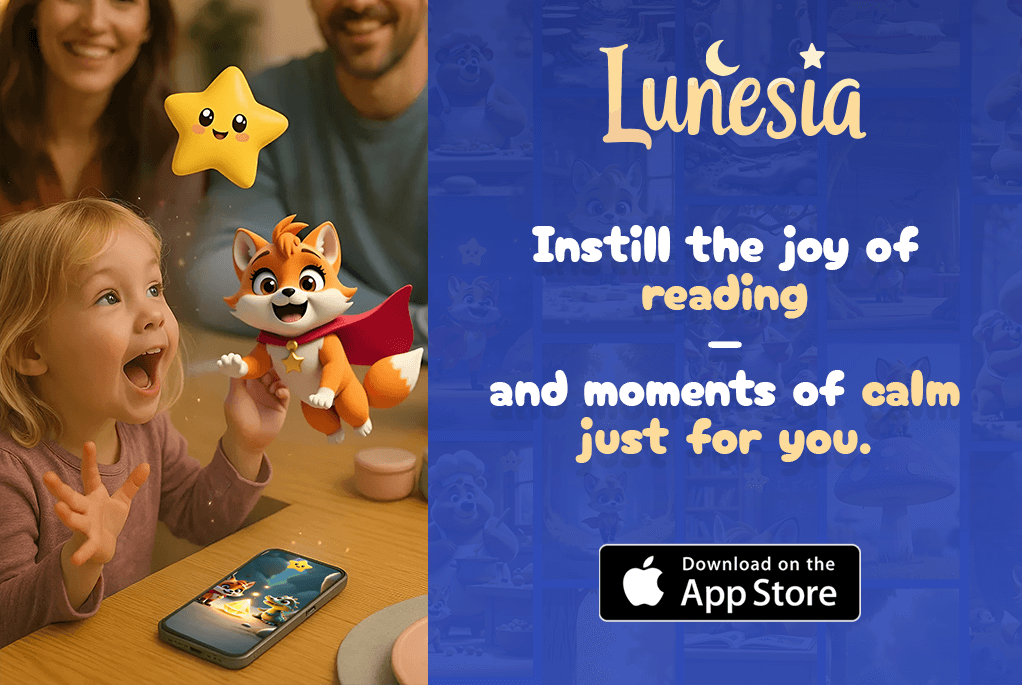As a mother raising children who are learning multiple languages, I’ve seen firsthand how digital storytelling apps can become invaluable tools for their language development. In today’s connected world, these apps offer a unique opportunity to engage children with bilingual books and interactive content that makes learning fun.
I’ll be comparing the most effective story apps available in 2023, with a special focus on their multilingual support features. The goal is to help you make an informed decision about which app best suits your family’s specific language learning goals and your child’s unique needs and interests.
We’ll explore whether Lunesia, a newer entrant in the market, offers robust multilingual support compared to established apps like Unuhi and Clerc Center’s ASL-English Storybooks. By examining the features and benefits of these apps, we can determine which one is the most effective tool for your child’s language journey.
The Growing Importance of Bilingual Story Apps for Children
The rise of bilingual story apps has transformed the landscape of language learning for children, offering a fun and interactive way to develop their language skills. As a parent, you’re likely looking for the best tools to help your child become proficient in multiple languages.
Bilingual story apps are not just a novelty; they’re a valuable resource for children’s language development. By leveraging interactive elements, these apps make language learning an engaging experience.
Benefits of Early Bilingual Exposure
Early exposure to multiple languages has numerous benefits for children. Research shows that bilingual children have improved cognitive abilities and a broader cultural understanding. Language learning apps like Lunesia can facilitate this process by providing interactive bilingual content.
| Benefits | Description |
|---|---|
| Cognitive Abilities | Improved problem-solving skills and memory |
| Cultural Understanding | Better appreciation of diverse cultures |
| Future Opportunities | Enhanced career prospects in a globalized world |
How Digital Apps Support Language Development
Digital apps offer a range of features that support language development, including interactive elements, audio pronunciation by native speakers, and visual cues. These features create a responsive learning environment that adapts to a child’s progress and interests.
- Interactive elements, such as animations and sound effects, make language learning more engaging.
- Audio pronunciation by native speakers helps children develop authentic accents and intonation patterns.
- Visual cues create context for new vocabulary, making language acquisition more intuitive.
Top Bilingual Kids Story Apps in 2023
As we dive into 2023, the world of bilingual kids’ story apps has evolved significantly, offering parents a diverse range of choices for their children’s language development. With the growing importance of bilingualism, these apps are becoming essential tools for early language learning.
Unuhi: Dual Language eBooks
Unuhi is a notable bilingual story app designed for kids, offering a collection of dual-language eBooks that cater to diverse linguistic needs.

Languages and Features
Unuhi supports multiple languages, providing a rich library of bilingual books that expose children to two languages simultaneously.
Pros and Cons
While Unuhi offers an engaging platform for kids to learn through story and visuals, some users have reported technical issues, such as crashing.
Clerc Center’s ASL-English Storybooks
The Clerc Center’s ASL-English Storybooks app is another valuable resource, offering bilingual storybooks that combine American Sign Language (ASL) with English.

Languages and Features
This app is particularly beneficial for children who are deaf or hard of hearing, providing equal access to bilingual books in ASL and English.
Pros and Cons
Users have praised the app’s content, but some have noted that it requires improvement in terms of support for technical issues.
Lunesia Story App
Lunesia is a multilingual story app designed for children, offering a unique approach to language learning through story and interaction.

Languages and Features
Lunesia excels at maintaining a balanced representation between two languages, ensuring that children receive a comprehensive bilingual experience.
Pros and Cons
Parents have appreciated Lunesia’s regular updates and support, though some have noted that the app’s library is still growing and the interface can be complex for younger children.
When choosing a bilingual story app, parents should consider their child’s needs and the app’s features to ensure an optimal learning experience.
Comparing Multilingual Support Across Apps
For parents seeking bilingual story apps, comparing their multilingual support is crucial. When evaluating these apps, it’s essential to consider several key factors, including privacy and data handling practices.
Language Variety and Combinations
Unuhi offers a straightforward approach with a wide range of language combinations, making it a valuable resource for kids. The simplicity of selecting two languages and starting to read is particularly beneficial for less tech-savvy parents.
Audio and Visual Support Features
Lunesia stands out with its robust parental controls and educational tracking features, enhancing the learning experience in a unique way. This app supports education by providing a comprehensive approach to language learning.
Accessibility and Ease of Use
While Clerc Center’s app is content-rich, it has faced technical issues, potentially frustrating a child. In contrast, Unuhi’s simple three-step process (download, select languages, start reading) ensures ease of use. For information on support, Unuhi provides a clear contact point: [email protected].
When choosing a bilingual story app, consider the trade-offs between features, accessibility, and privacy. Lunesia collects usage data to personalize learning, while Clerc Center explicitly states they collect no user data, and Unuhi requires minimal permissions.

How to Choose the Right Bilingual Story App for Your Child
In a sea of bilingual story apps, identifying the most suitable one for your child can be challenging, but there are key factors to consider. As a parent, you want to ensure that the app you choose aligns with your child’s language learning needs and goals.
Age-Appropriate Content Considerations
When selecting a bilingual story app, it’s crucial to consider the age appropriateness of the content. Look for apps that offer a range of bilingual books and stories suitable for your child’s age group. This ensures that the content is engaging and relevant, supporting their language learning journey.
Matching Apps to Your Language Learning Goals
To make an informed decision, consider the following factors:
- Define your primary language learning objective – whether it’s heritage language maintenance, preparation for immersion education, or introducing a completely new language.
- Consider the balance of languages in the app; some children benefit from equal exposure to both languages, while others may need more support in their weaker language.
- Evaluate the app’s privacy policy and data collection practices, especially if you’re concerned about your child’s digital footprint.
- Look for apps that welcome user feedback and regularly update their content library, indicating a commitment to improvement.
- Remember, the best app is the one your child loves using – even the most feature-rich application won’t be effective if your child doesn’t engage with it regularly.
Conclusion
Now that we’ve examined the features of Unuhi, Clerc Center, and Lunesia, you can confidently choose the best app for your child’s language development. Each app offers distinct advantages: Unuhi excels in language variety, Clerc Center provides specialized ASL-English content, and Lunesia offers adaptive learning features.
For families seeking the widest language options, Unuhi’s 20 combinations make it today’s most versatile choice. Consider starting with one app today and potentially expanding to multiple resources as your child’s language journey evolves. You can explore more about the benefits of digital books versus traditional ones on our resource page.
Remember, digital apps work best as part of a broader language exposure strategy that includes conversation with native speakers and diverse reading materials.
FAQ
What languages does Lunesia support?
Lunesia offers a range of languages, including popular ones such as Spanish, French, and Mandarin, making it a great tool for children to learn and develop their language skills.
How do I ensure my child’s privacy while using Lunesia?
We take data protection seriously and comply with relevant regulations to safeguard your child’s information. You can review our privacy policy to understand how we handle user data.
Can I try Lunesia before committing to a subscription?
Yes, we offer a free trial period, allowing you to explore our library, features, and see how Lunesia can support your child’s language learning journey.
Are the stories on Lunesia suitable for my child’s age?
Our library is curated with stories suitable for various age groups. You can filter content based on age and reading level to ensure the stories are engaging and appropriate for your child.
How can I track my child’s progress with Lunesia?
Our app provides feedback and tracking features, enabling you to monitor your child’s progress, identify areas of improvement, and adjust your approach as needed.
Can I use Lunesia on multiple devices?
Yes, Lunesia is designed to be accessible across various devices, allowing your child to enjoy their favorite stories and continue learning seamlessly, whether at home or on the go.




